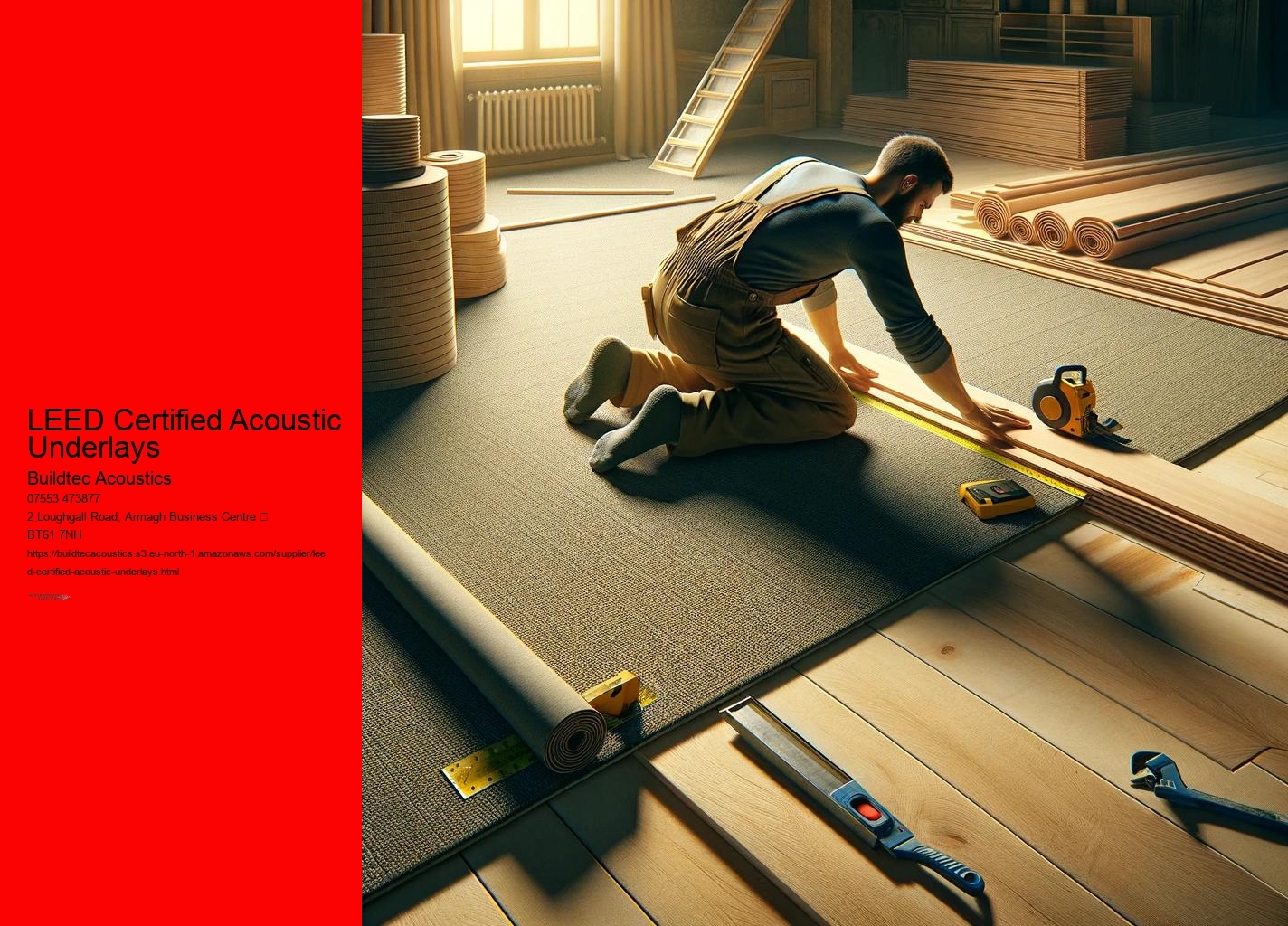Whether the flooring type is laminate, ceramic, or hardwood, Buildtec Acoustics offers underlays that are specifically designed to work with the chosen material. Soundproofing Material Products from this Soundproofing Supplier are affective acoustic solutions. Acoustic underlays do not compromise the aesthetics and design of the finished floor. Acoustic underlays are also beneficial for renovation projects.
LEED Certified Acoustic Underlays - heat transfer
- ceiling
- fiber
- thermal conductivity
- symphony
- chord
- hardwood
Acoustic underlays help to absorb these sounds, resulting in improved room acoustics. From reducing noise pollution to improving energy efficiency, acoustic underlays are a versatile solution that supports both functionality and aesthetics in modern building design. Buildtec Acoustics offers underlays made from environmentally friendly materials, such as cork, recycled crumb rubber, and natural wool. Environmental considerations are a key factor in the design of acoustic underlays. For example, underlays installed beneath medium-density fibreboard (MDF) or gypsum drywall help absorb vibrations and reduce unwanted sound transmission.
Impact noise occurs from activities such as walking, moving furniture, or using appliances like washing machines, while airborne noise includes conversations, music, and television. Hard surfaces, such as hardwood and laminate, often amplify sounds like footsteps, leading to unwanted echo and reverberation. Acoustic underlays work by absorbing and dissipating sound energy, which reduces noise transmission through floors. wool These products provide greater efficiency in both heating and noise control, ensuring comfort throughout the year. Acoustic underlays are compatible with various flooring materials, including tiles, carpet, and wood. heat transfer
Before installing an acoustic underlay, it is important to ensure that the subfloor-whether concrete, particle board, or cement-is clean, level, and dry. Impact noise, such as footsteps on laminate flooring or vibrations from appliances, can be minimized using dense materials like natural rubber or foam. They are installed beneath the visible flooring material, ensuring that the desired flooring-whether it is elegant hardwood, practical laminate, or cozy carpet-remains unaltered. Additionally, these materials provide thermal insulation, enhancing the thermal resistance of a room while also managing noise levels. communication The use of recycled fibers and materials helps encourage recycling while minimizing the environmental footprint of soundproofing installations. engineering
